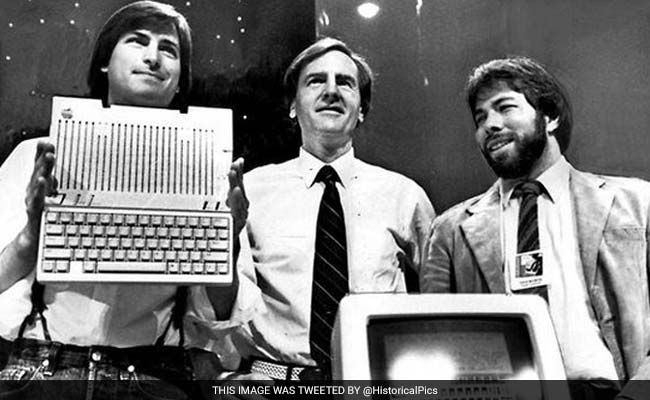What’s the hardest thing you did in 2024?
Take a moment to think about it. Was it a big professional challenge? A tough personal decision? Or maybe it was simply showing up every day when things felt overwhelming. Whatever it was, it taught you something valuable. Hard things always do. But here’s the catch: as humans, our natural tendency is to seek comfort. … Read more


